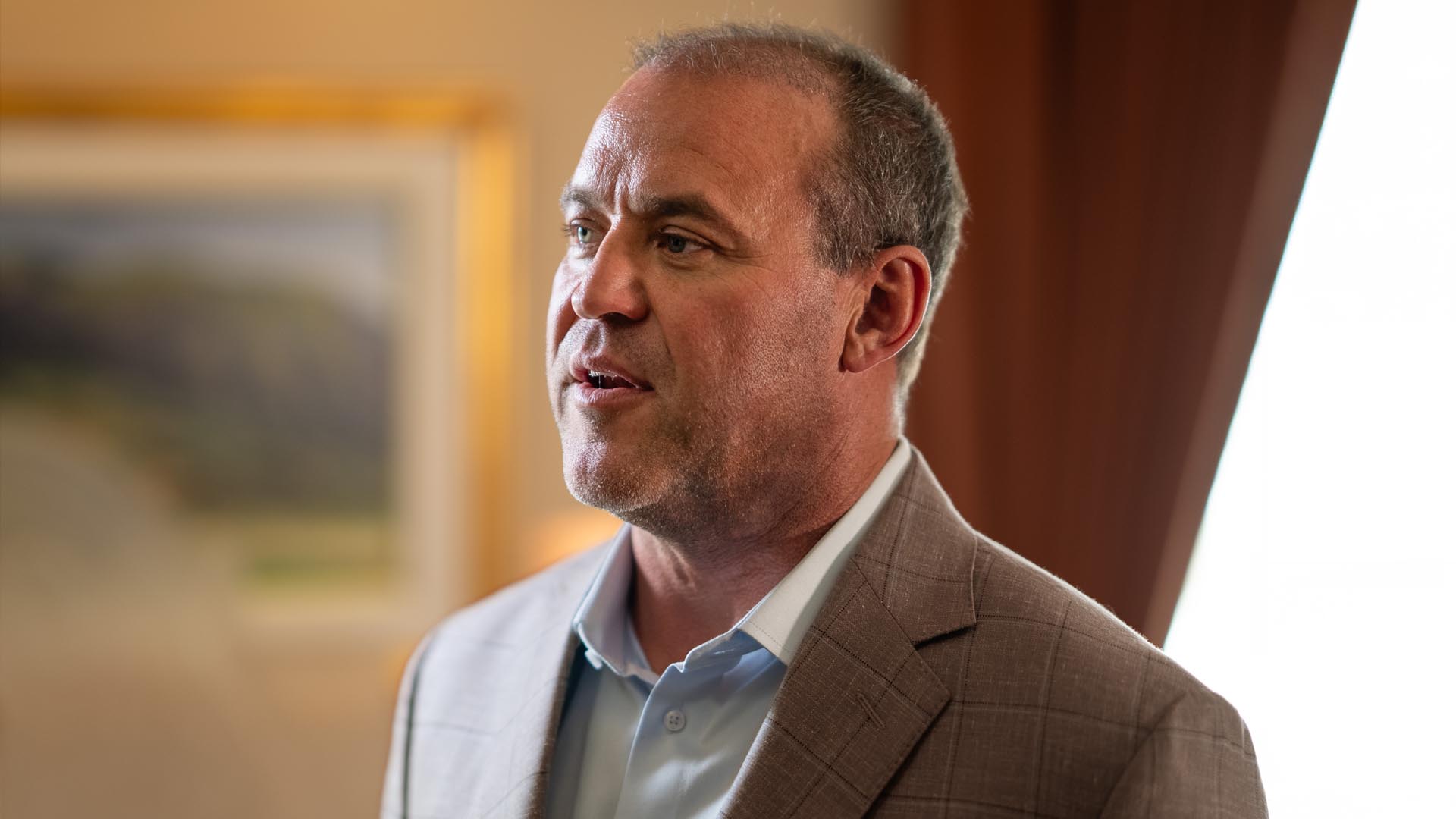The one big thing:
Despite hosting five major oil refineries, Utah continues to pay higher gas prices than most states while the rest of the country sees relief at the pump.
Why it matters:
Higher fuel costs impact everything from grocery prices to family budgets, putting additional strain on Utah households already navigating inflation.
By the numbers:
- Utah ranks consistently near the top of states with highest gas prices
- The state has five major oil refineries operating within its borders
- Gas prices are dropping nationally while rising locally
What they’re saying:
“Utah families deserve transparency, accountability, and real solutions — not excuses,” said Speaker Mike Schultz, who has launched an investigation into the price discrepancy.
The big picture:
The disconnect between Utah’s robust fuel production capacity and its persistently high consumer prices raises serious questions about market forces, distribution challenges, and potential pricing practices.
Behind the scenes:
Speaker Schultz has been conducting meetings with refinery operators, fuel industry executives, and other stakeholders to identify the root causes of this pricing anomaly.
Between the lines:
While industry representatives point to production costs, distribution challenges, and seasonal fuel blend requirements, these factors alone don’t explain Utah’s position as a high-price outlier.
What’s next:
Speaker Schultz has pledged to pursue “fair prices, straight answers, and real results” for Utah consumers, signaling potential legislative or regulatory action if market forces don’t correct the disparity.
The bottom line:
This isn’t just about numbers on a sign – it’s about the real financial impact on Utah families and businesses who deserve answers about why they’re paying premium prices in a state with abundant local production.



